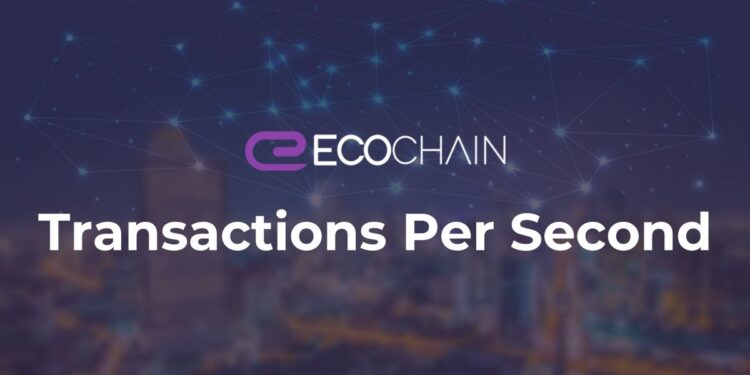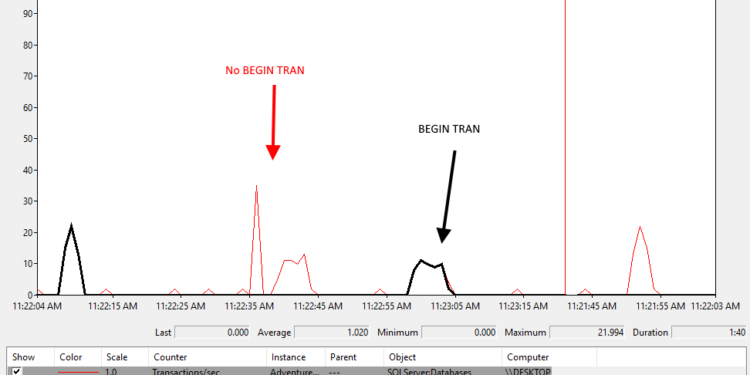Advertisement
What is trading per second (TPS)?
Transactions Per Second (TPS) is a term that refers to the maximum number of transactions that can be processed by a computer system over a certain period of time.
For example, PayPal TPS is about 193 transactions per second, and VISA is capable of processing up to 1,700 transactions per second. Regarding the TPS of the blockchain network, the maximum number of Transactions Per Second made in the cryptocurrency world is 50,000 (by the Solana network).

See also: Get Started With Binance NFT Marketplace
Factors in TPS
The way to calculate TPS will be very simple if you have the following elements:
Block Time (block time)
Block time determines the rapid speed of the blockchain confirming transactions. For bitcoin, the blocking time averages 10 minutes, which means the network processes about seven transactions per second.
Transaction size
Different blockchains also have significant differences in the data transmitted through each transaction. A simple Bitcoin transaction can be as small as 226 bytes or as large as 500 bytes. Higher transaction sizes result in higher processing times on the blockchain.
Block Size (Block Size)
That’s the amount of data on transactions that a block can carry in the blockchain. The larger the block, the more people it takes to run a full node.
TPS calculation formula
Anyone with information about the above factors can calculate TPS using the following formula:
(Block size / Transaction size) / Block time = Trading per second
E.g.: If we use an example, a 1MB block size with an average transaction size of 1 Kb and a blocking time of 30 seconds would be equivalent to a theoretical TPS of 33 (1MB / 1Kb) / 30 seconds = 33).
Blockchain has a high TPS rate
Some blockchains have incredible TPS but that doesn’t guarantee them success at the highest level or even compete with Ethereum and Bitcoin. It is important to consider the performance, security and other important aspects of such blockchains because they can be compromised to have a high TPS rate.

Popular blockchain technologies have come under a lot of scrutinies due to the rate of transactions that can be achieved at the moment. Many people who have compared the current blockchain technology to the original internet systems also do not have much capacity. However, they were able to scale up quickly after a while.
Conclusion
Transactions Per Second is one of the important factors to determine the performance of a network, the higher the TPS speed, the more efficient the network is. Conversely, if TPS is low, the network is inefficient and congested and has poor transaction processing capacity.
















